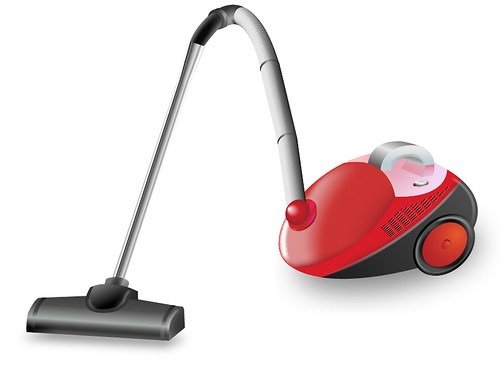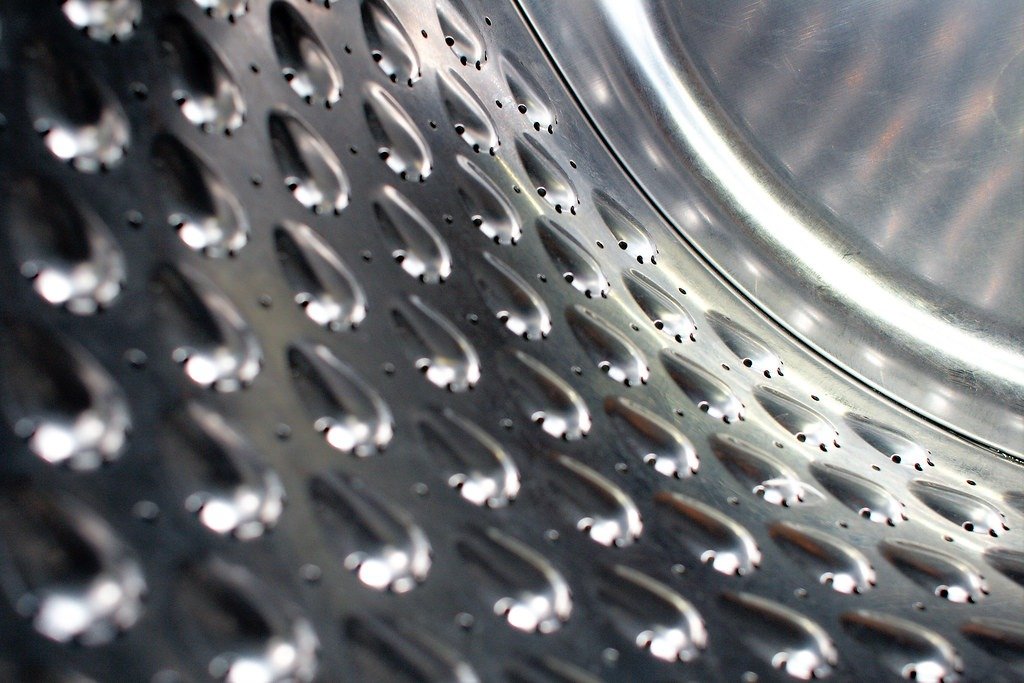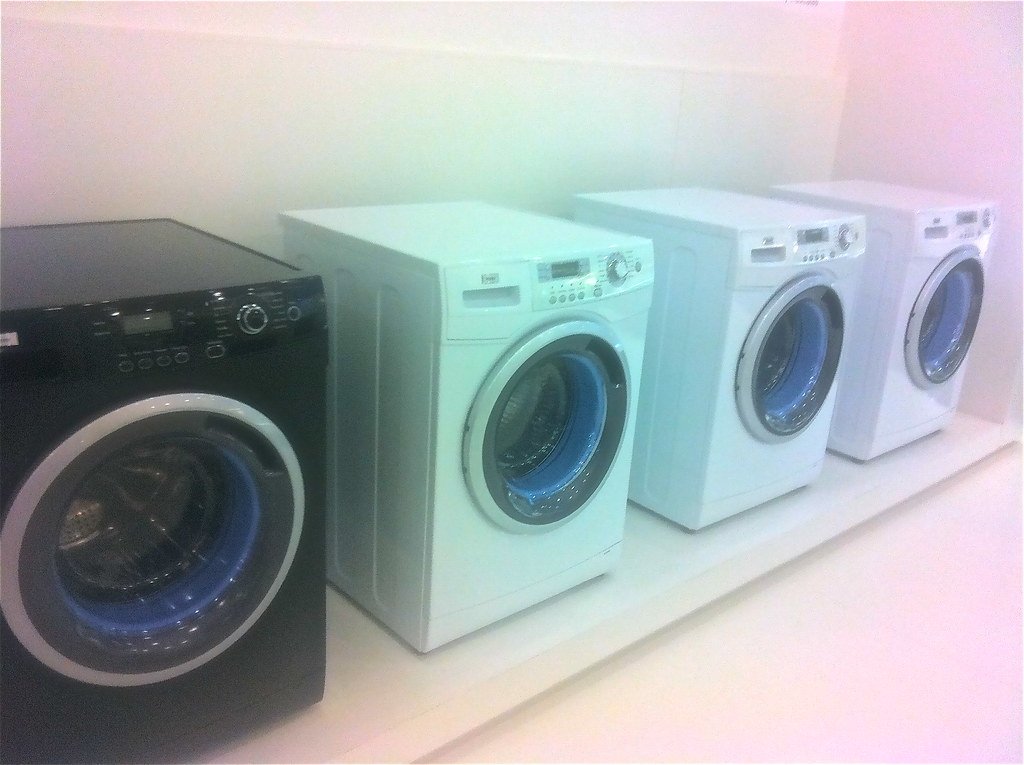
When troubleshooting a vacuum cleaner, the initial step should always be checking for obstructions and blockages, from an overflowing bin or clogged filters to more serious issues such as damaged belts or overheated motors.
As with any appliance repair job, it is vitally important that you read through and adhere to the manufacturer’s manual before beginning work on an appliance. Otherwise you could unintentionally cause more damage or invalidate its warranty.
1. Check for obstructions and blockages
Reduced suction power can often be explained by something blocking the hose – this could include anything from paper clips and twist ties, plastic file markers or pen caps to socks or scrunchies that have accidentally been inhaled into the machine.
When checking for obstructions, first switch off your vacuum cleaner and take steps to unclip its hose (if applicable). If your hose is translucent, hold it up against a light to determine its location – once located use an object such as a long flexible object such as a broom stick or bent coat hanger to unclog your vacuum hose.
If you don’t have a broom stick handy, try adding some water to the hose to help dislodge any obstructions that have accumulated over time. Be careful not to add too much, as too much can cause the hose to leak or be damaged in turn. Once obstructions are cleared away from your vacuum cleaner’s path, test its suction; if it has improved at all then clean or replace filters according to manufacturer specifications as necessary.
2. Check the motor
Vacuum cleaner motors may encounter various issues, including clogs or blockages, belt breakdown, or overheating that reduce cleaning power or prevent it from turning on altogether. If this occurs, reduced cleaning power and even turning-on may ensue as a result.
Make sure the appliance is correctly plugged in and has had time to cool down after each use, following any recommended cooling times for your model. Also, verify that its on/off switch is undamaged.
Dust bins or bags should be regularly emptied to avoid them overflowing and blocking air flow, and impeding brush roll rotation. Filters should also be regularly checked to make sure that they’re free from being clogged up with debris, which could negatively impact performance and produce unpleasant odors. If any electrical malfunctions such as overheating occur, professional help should be sought as this could indicate more serious problems within the appliance’s components that need diagnosing; replacement components might include motors, circuit boards and switches that control them – possibly including motors as well.
3. Check the hose
Over time, vacuum cleaner hoses often become clogged or blocked with dust and hair, leading to decreased suction power from your machine – but this problem can usually be easily remedied with minimal cost and effort.
To check for holes or leaks in a hose, run your hand along it while connected to the unit and plugging it in. If any airflow can be felt where none should exist, this indicates a possible need for replacing the hose.
Alternative Solutions : Running water through the hose may help clear away any trapped debris. After it dries off completely, reconnect to your vacuum cleaner as normal.
Remove the hose from its attachments and lay it flat on a solid surface to loosen any clogs in its interior tube, using something such as a long stick from a broom handle as needed to break through any blockages or clear them away with ease. While this might save money by not purchasing new vacuum hoses immediately, keep in mind this solution should only serve as a temporary fix.
4. Check the battery
Vacuum cleaners are an invaluable asset in keeping your home or workplace tidy, from carpeted areas to non-carpeted spaces such as upholstery areas. While vacuum cleaners generally last a long time with proper care and attention, it is still wise to conduct routine maintenance checks on them to extend its longevity and ensure you receive optimal performance from it.
As soon as your vacuum cleaner stops functioning, the first thing to do is test its power outlet. You can do this by plugging another appliance into its socket; if nothing turns on then there may be a broken cord or plug which needs to be repaired immediately before continuing further with this step.
An improper switch or clogged filters may also cause your vacuum to stop functioning, leading to it not picking up dust as expected. Switching out filters or clearing away obstructions often helps remedy this issue, while in cases where this fails, replacement might be required – referring back to your manual can provide guidance for doing this safely and effectively.
5. Check the filter
Most models of vacuum cleaners feature main filters that become filthy over time, decreasing suction power. To maintain optimal operation of your machine, regularly cleaning this filter (referring to your specific model manual for instructions) should help. CHOICE suggests mixing baking soda and water together and washing filters before leaving them out to dry thoroughly before reassembling them.
Check the dust bag, bin, drive belt and any filters for blockages. Depending on the model of vacuum cleaner you own, you may require using a screwdriver to dismantle certain parts in order to access them.
An issue with your motor could make your vacuum cleaner extremely noisy and less effective at sucking up dust, prompting you to inspect it for signs of damage before considering taking it in for repair at a repair shop.


